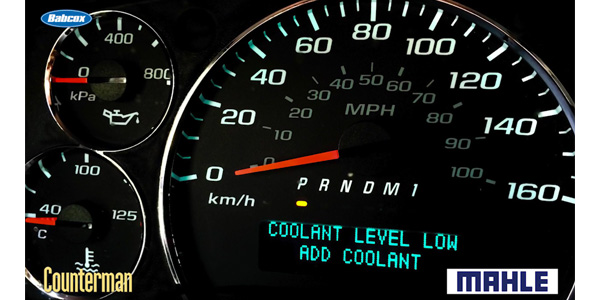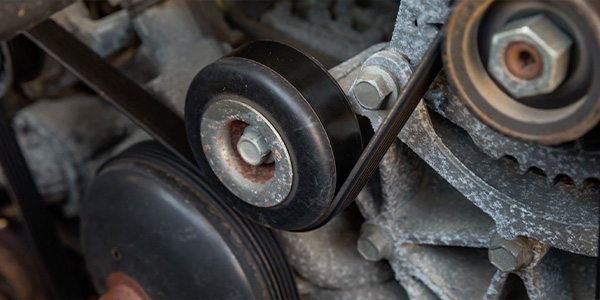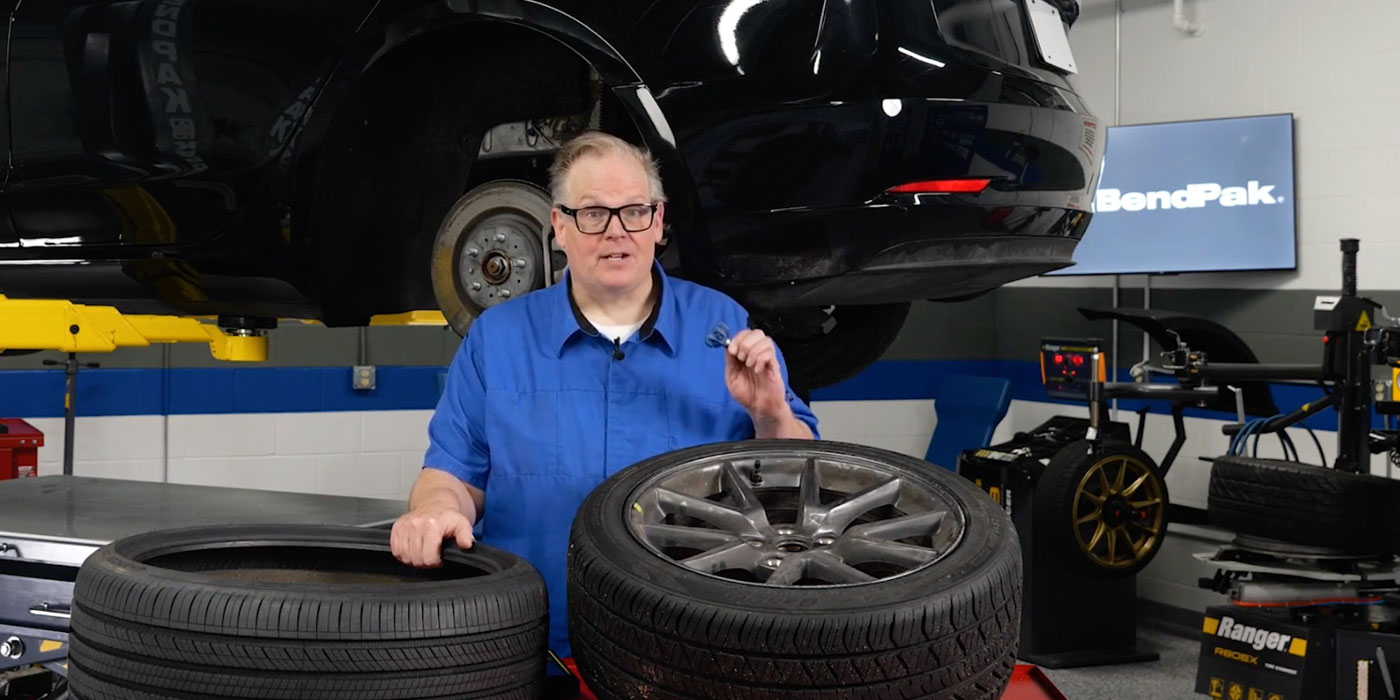This video is sponsored by MAHLE.
A blown head gasket requires immediate attention before it does additional damage to the engine. Unfortunately, the signs aren’t always obvious.
Head gaskets seal passages in the cylinder head and engine block that contain oil or coolant. So, one of the first things to look for would be an external oil or coolant between the engine block and cylinder head.
But other signs are more subtle. Often, the first symptom of a blown head gasket is a slow loss of coolant, with no visible leaks.
Another sign is engine overheating. If a head gasket is leaking coolant, the loss of coolant eventually will allow the engine to overheat, which could cause further damage to the head gasket and possibly the cylinder head too.
Another symptom is a cylinder misfire. If the leak is between cylinders, the gasket will leak compression between the adjacent cylinders. This usually will cause a steady misfire and a significant loss of power.
So, how can you help your customers troubleshoot the issue?
One simple step would be to pull out the dipstick. If there’s coolant in the oil, or if the oil looks frothy brown, that could indicate a head-gasket leak.
Another strategy would be to look at the exhaust smoke. If it’s white and cloudy, that could indicate a head gasket is leaking coolant. If it’s blue, that could be a sign that oil is leaking into the combustion chamber.
A cylinder misfire will generate a check-engine light code. So you might try to sell them a code reader, which could provide more insight into the issue.
If your customer wants to do further diagnostics, you might recommend a combustion-leak tester or a coolant-system pressure tester. Either one of these tools could confirm that there’s a leak in the coolant system, which could indicate a failing head gasket.













